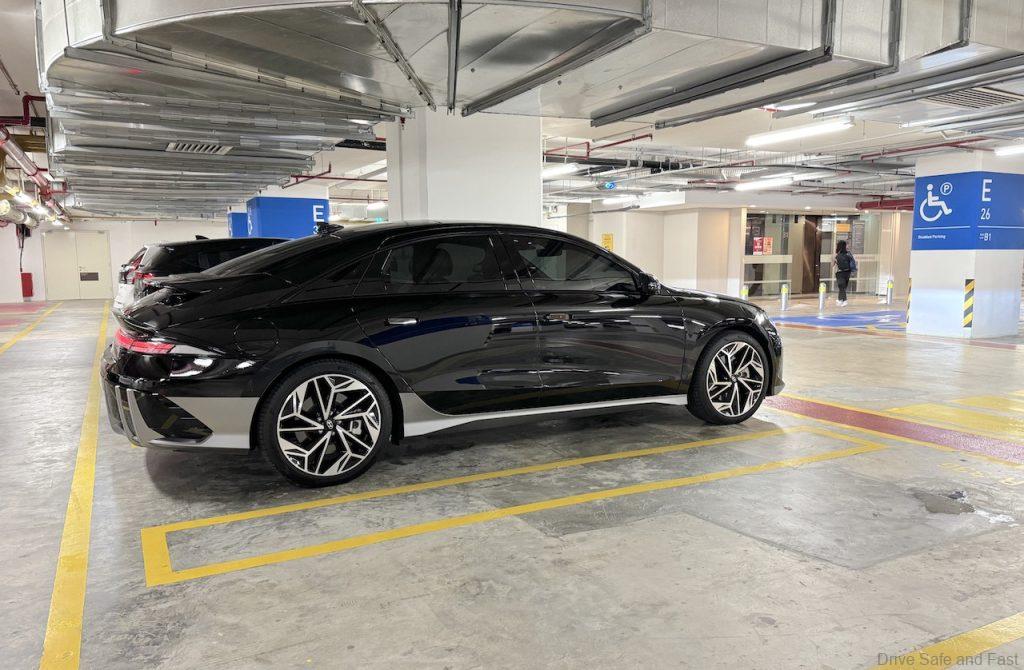It seems that just 10k plus units were delivered in 2023 which is about 1 percent of total car sales in Malaysia for 2023
Industry executives expect the demand for EVs in Malaysia to stagnate over the next year or so as high prices and inadequate charging points hinder adoption.
So, it would seem that the announced booking numbers when a new electric vehicle is launched in Malaysia should be discounted by about 85 to 90 percent. Why? Well with almost every new EV launch in 2023, the shared booking numbers were almost always 1,000 units or so.
It was easy to put this inflated number of 1,000 units when the actual number might have been 100 or maybe as high as 200 units.
This was the best way to create marketing and media hype as almost nobody questions these inflated figures and soon after we get a MAA report with the actual numbers (please see table in this previous article).
Electric vehicles (EV) accounted for just 10,159 units, barely 1 percent of the nearly 800,000 new vehicles purchased last year, according to data from the Malaysian Automotive Association (MAA).
“The main thing for consumers would be affordable EVs. Anything over 100,000 ringgit is just too pricey for them,” said David Tiah, a senior engineer with Smart Malaysia.
Prime Minister Anwar Ibrahim’s administration has set an ambitious goal to make EVs account for 15 percent of all vehicles on Malaysian roads by 2030, part of a broader plan to lure EV makers to set up production in the country.
Meanwhile, great value electric cars like the IONIQ 6 are not selling well despite having great features and technology. So, it doesn’t just look great, it’s also fundamentally as high-tech as electric vehicles get today. One might think that all battery electric vehicles are more or less equal, but they’re really not.
Many car brands create a ‘one-size-fits-all’ chassis to work with their existing petrol, diesel, hybrid and electric vehicles. With the IONIQ 6, you get the E-GMP – a dedicated platform designed purely around the possibilities of EVs.
There’s a few advantages to this. The first is packaging. It’s not just the battery pack that fits under the passenger floor compartment for maximum protection and a low centre of gravity. The electric motors too are housed low in the vehicle. On the RWD version we tested, the absence of an electric motor on the front axle frees up a 45L space in the frunk. There’s more than enough room here for some luggage or to store your charging cables.
The IONIQ 6’s platform is natively a 800V architecture, which is rare even today with so many EVs on the market. This is similar to what Porsche and Audi are offering on their high-end EVs. It enables super-fast 350kW DC Fast Charging, 11kW home charging and even Vehicle-To-Load capability.
This allows the IONIQ 6 to work like a portable power bank, charging electrical appliances, laptops (yes, there’s a 3-pin socket inside) and even charging up other stranded EVs. In that sense, the IONIQ 6 is actually offering top-tier EV technology at a mid-tier price.

2023 Hyundai IONIQ 6 Max RWD Specifications
Motor: Single, rear-mounted electric motor
Battery Capacity: 77.4kWh
Range: 614km
Max power: 228PS
Max torque: 350Nm
Top Speed: 185 km/h
0-100 km/h: 7.4 seconds
Price: RM289,888

